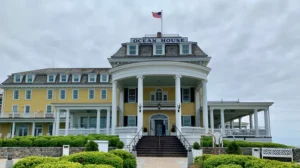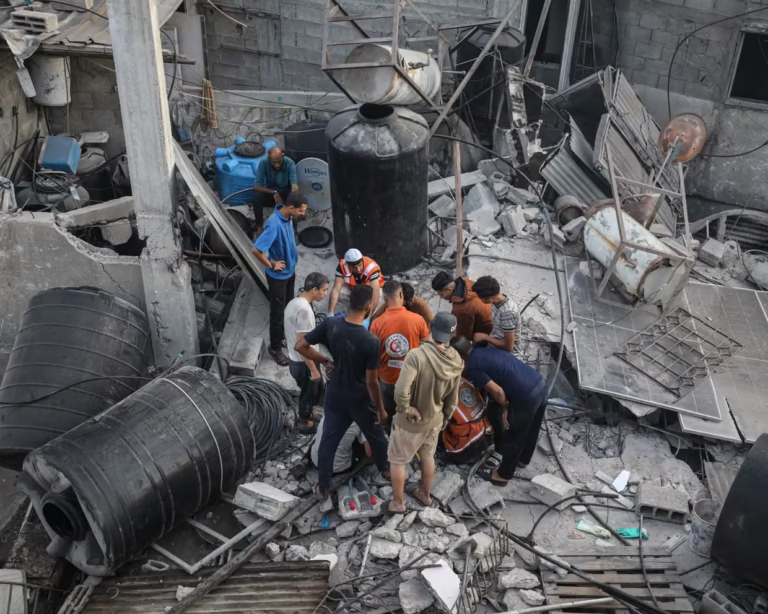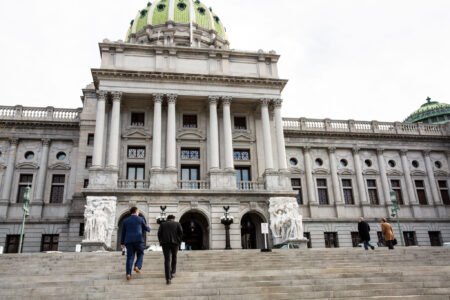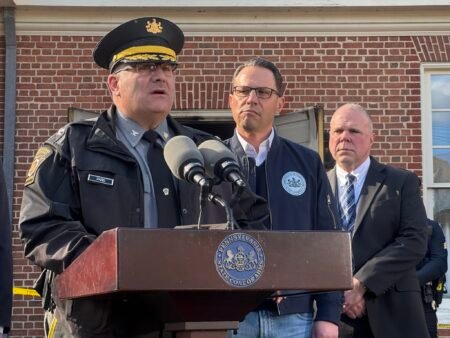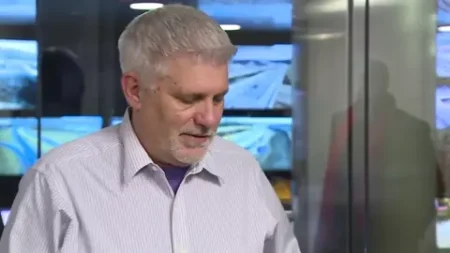Israel carried out another airstrike in the Gaza Strip on Wednesday, killing at least two people, following an overnight bombardment that killed at least 104 Palestinians, including children. The attacks have raised questions about the durability of the fragile U.S.-brokered ceasefire.
The Israeli military said it targeted military infrastructure in Beit Lahia, northern Gaza, where weapons were being stored for an imminent attack. Al-Shifa hospital in Gaza City reported receiving two bodies from Wednesday’s strike.
Overnight on Tuesday, the strikes killed at least 46 children and 20 women, with 200 others injured, according to Gaza’s civil defence agency. These were among the deadliest attacks since the two-year conflict began.
Israel released information stating that 25 “terrorists” were killed during the 24-hour period but did not clarify the identities of the remaining 79 people. The high civilian death toll has fueled concern over adherence to the ceasefire, which requires both sides to halt attacks.
The strikes occurred hours after former U.S. President Donald Trump stated nothing would jeopardize the ceasefire agreement. U.S. Vice President JD Vance later said the truce was still holding despite “skirmishes.”
Funerals for the victims were held across Gaza on Wednesday. Witnesses described scenes of devastation, with families carrying bodies into hospitals. Haneen Mteir, who lost family members, called the attacks “massacres” and said children had been burned while asleep.
Israel’s military stated it would uphold the ceasefire but promised to respond “firmly to any violation.” Foreign ministry spokesperson Oren Marmorstein blamed Hamas for the strikes and cited the use of civilians as human shields to explain the high number of deaths.
Hamas, in a statement, condemned the attacks as attempts to undermine the truce and said it would continue adhering to the ceasefire. Dr. Mohammed al-Mughir of Gaza’s civil defence agency said one strike targeted a camp for cancer patients, called the Insan camp.
Among the dead was journalist Mohammed al-Munirawi, raising the total number of journalists killed in Gaza by Israeli attacks to 256. The death toll was confirmed through reports from five hospitals that received casualties.
The strikes followed a firefight between Palestinian militants and Israeli troops on Tuesday, and anger over Hamas turning over remains of a hostage whose body was recovered two years earlier. Hamas denied responsibility for the gun attack, which delayed another planned return of hostages’ remains.
Trump told reporters on Air Force One that Israel “should hit back” if its soldiers were killed, noting that an Israeli soldier had been killed in the clashes.
Tuesday night’s strikes exposed the vulnerabilities of the ceasefire, which had already been marked by violence. Gaza’s media office reported 80 violations since the agreement began, resulting in 97 deaths and 230 injuries.
Qatar’s Prime Minister Sheikh Mohammed bin Abdulrahman Al Thani said diplomatic efforts were underway to maintain the truce, acknowledging the challenges both sides faced.
Gaza’s civil defence described the situation as “catastrophic and terrifying,” citing attacks on tents for displaced people, homes, and areas near hospitals.
Israeli far-right ministers Itamar Ben-Gvir and Bezalel Smotrich criticized Hamas and called on Prime Minister Benjamin Netanyahu to resume full-scale military action.
Under the ceasefire, Hamas is required to return the remains of all Israeli hostages, while Israel has agreed to hand over 15 Palestinian bodies for each Israeli. So far, 15 hostages’ remains have been returned, with 13 still in Gaza. Hamas says some bodies are difficult to locate due to losses among their units during the Israeli attacks.
Israel has made disarming Hamas a key condition for ending the two-year war, while Hamas maintains that its weapons are tied to ongoing occupation and aggression.



